Click Below to view the comparison photo [best viewed on large screen]
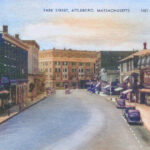
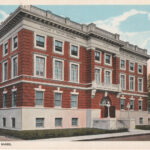
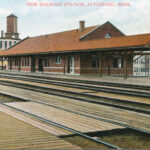

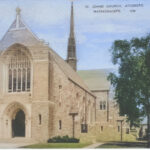
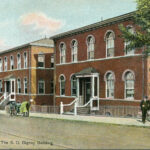
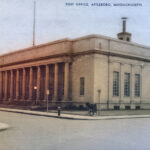
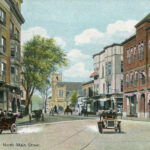
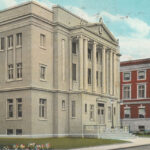
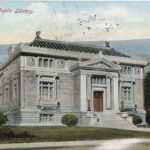
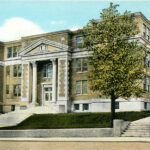
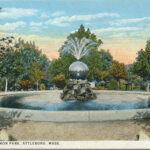

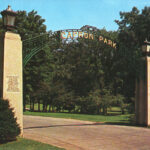
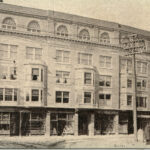
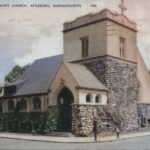
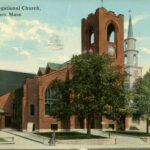
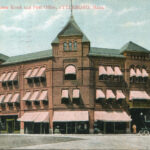
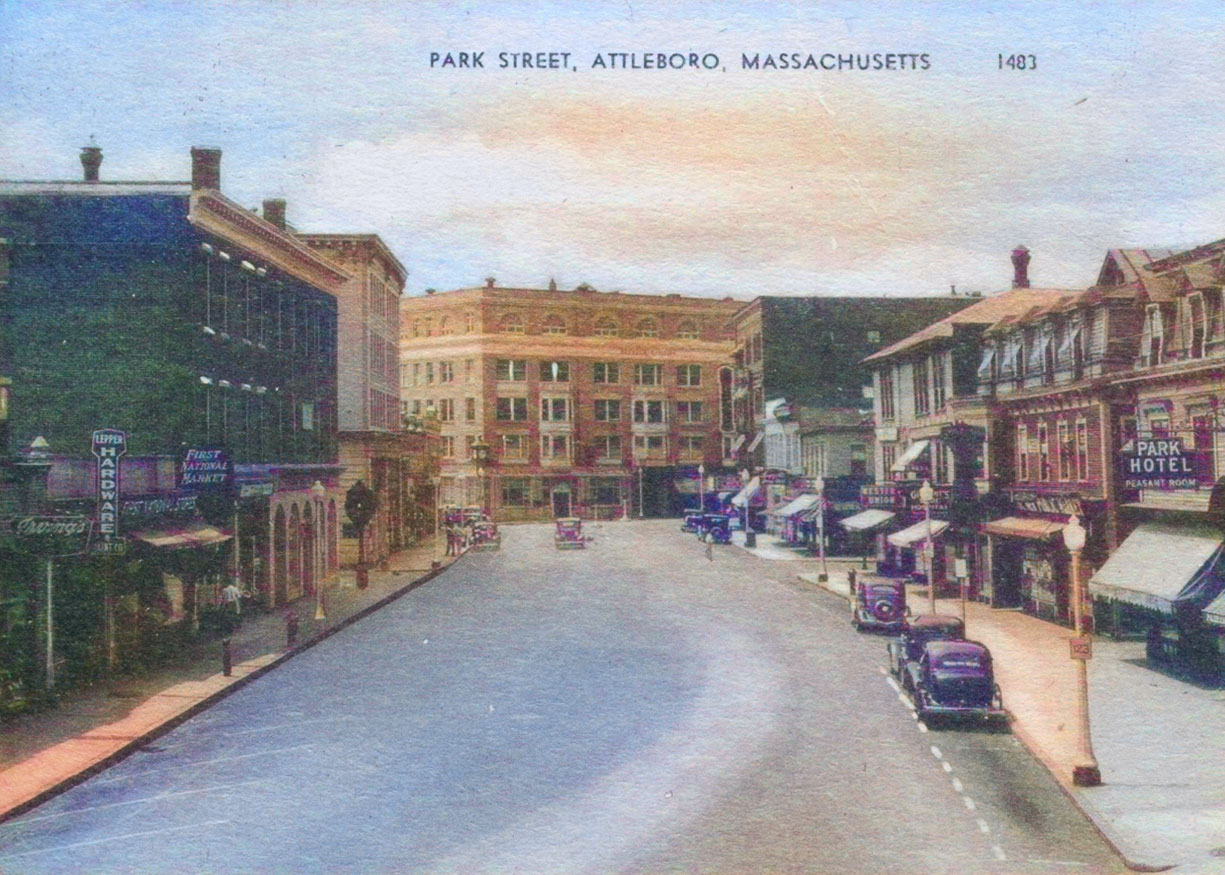
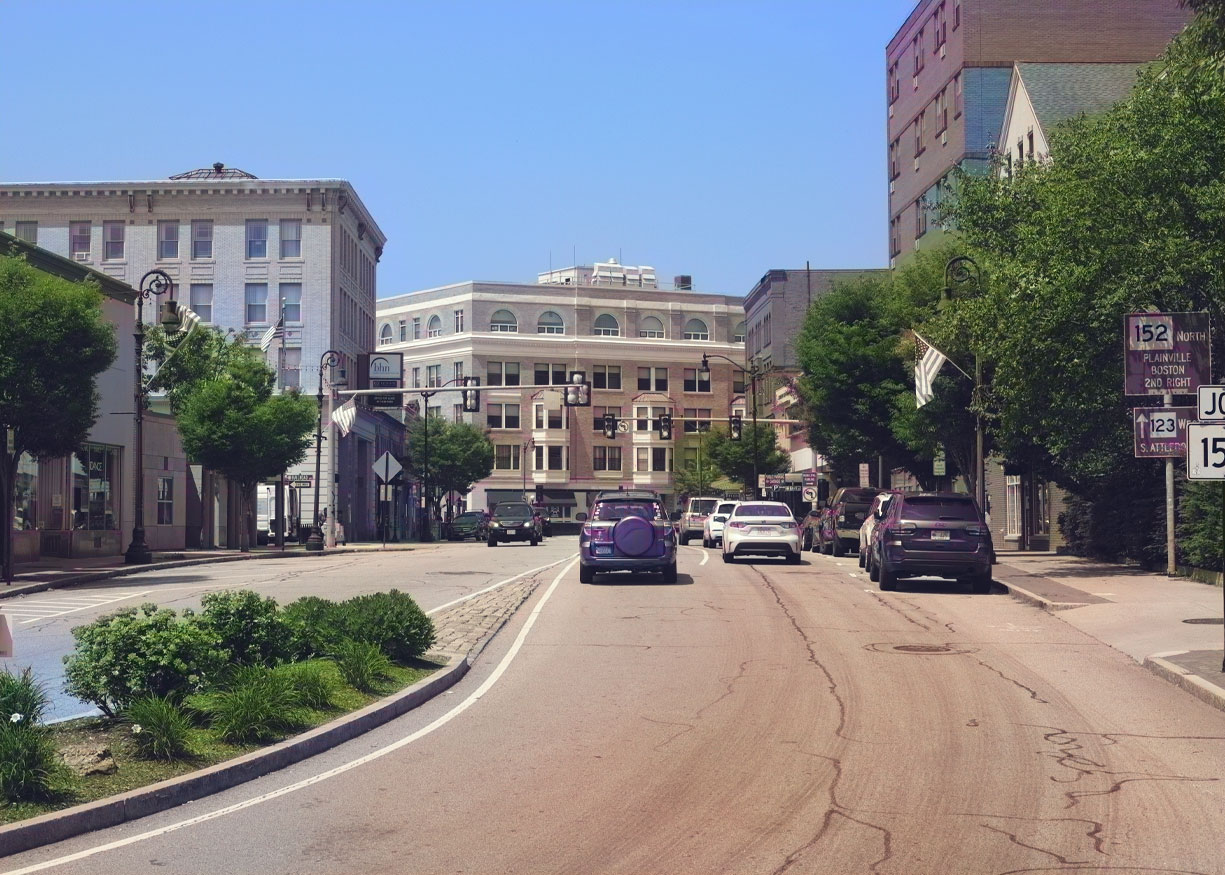

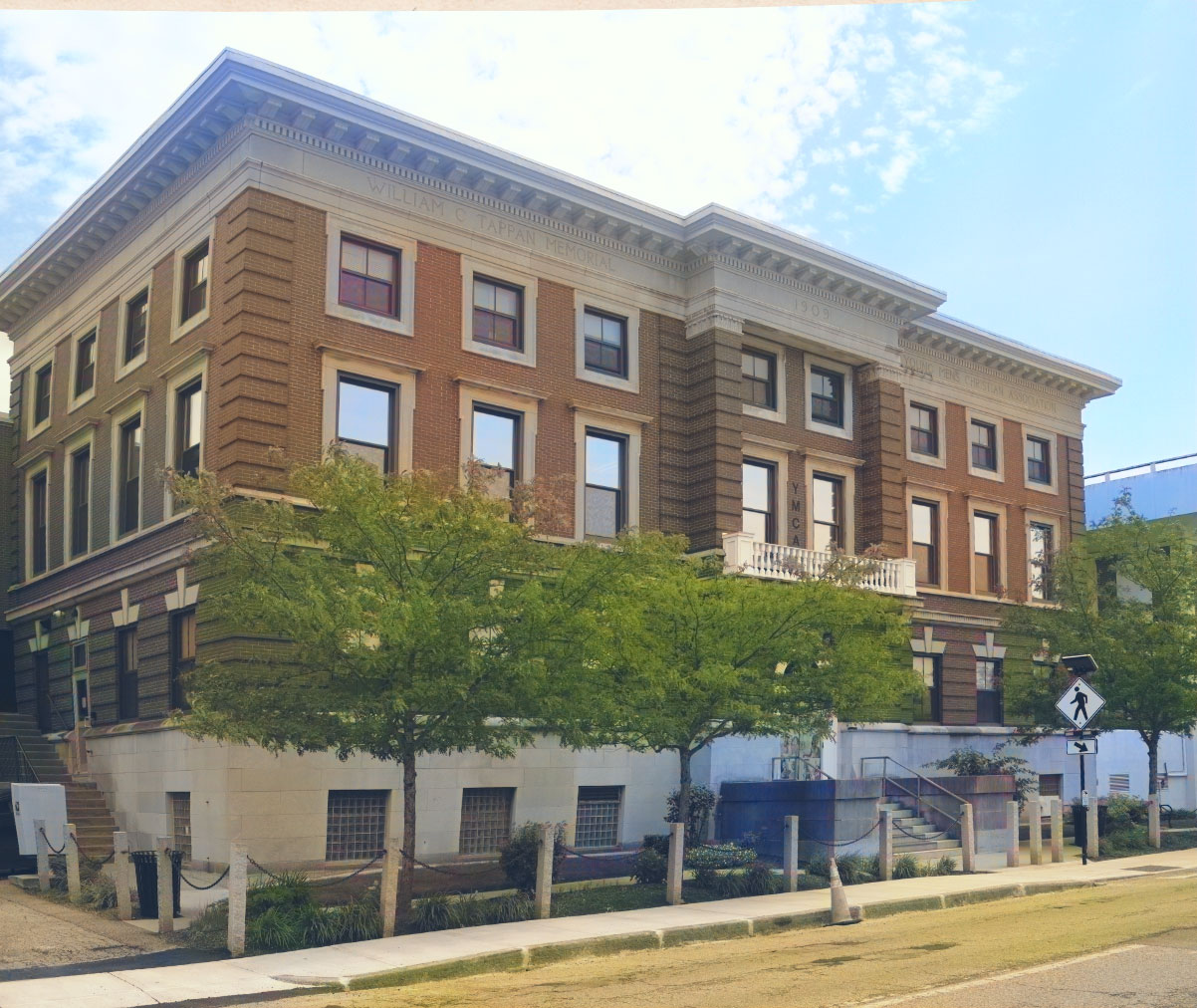



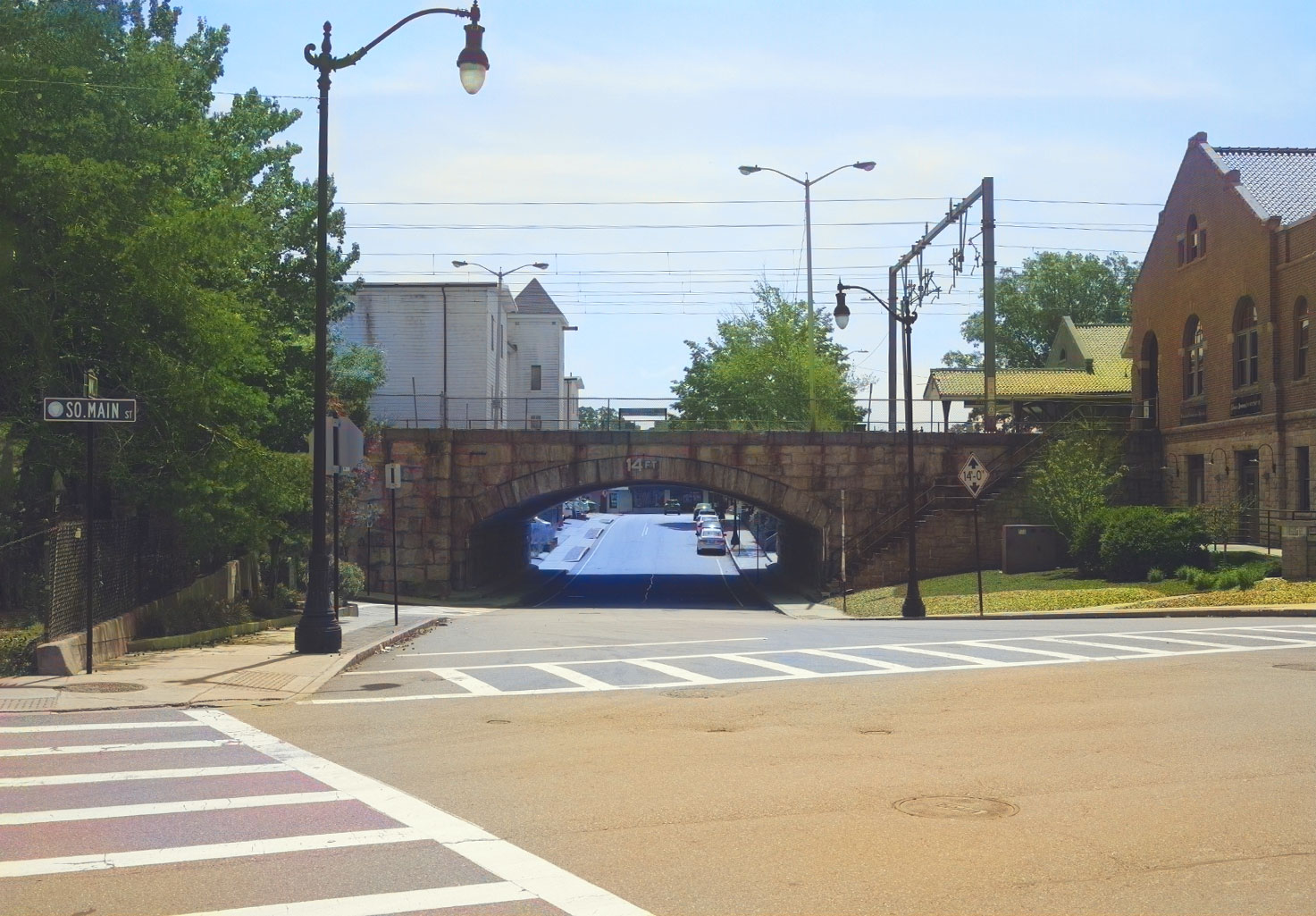


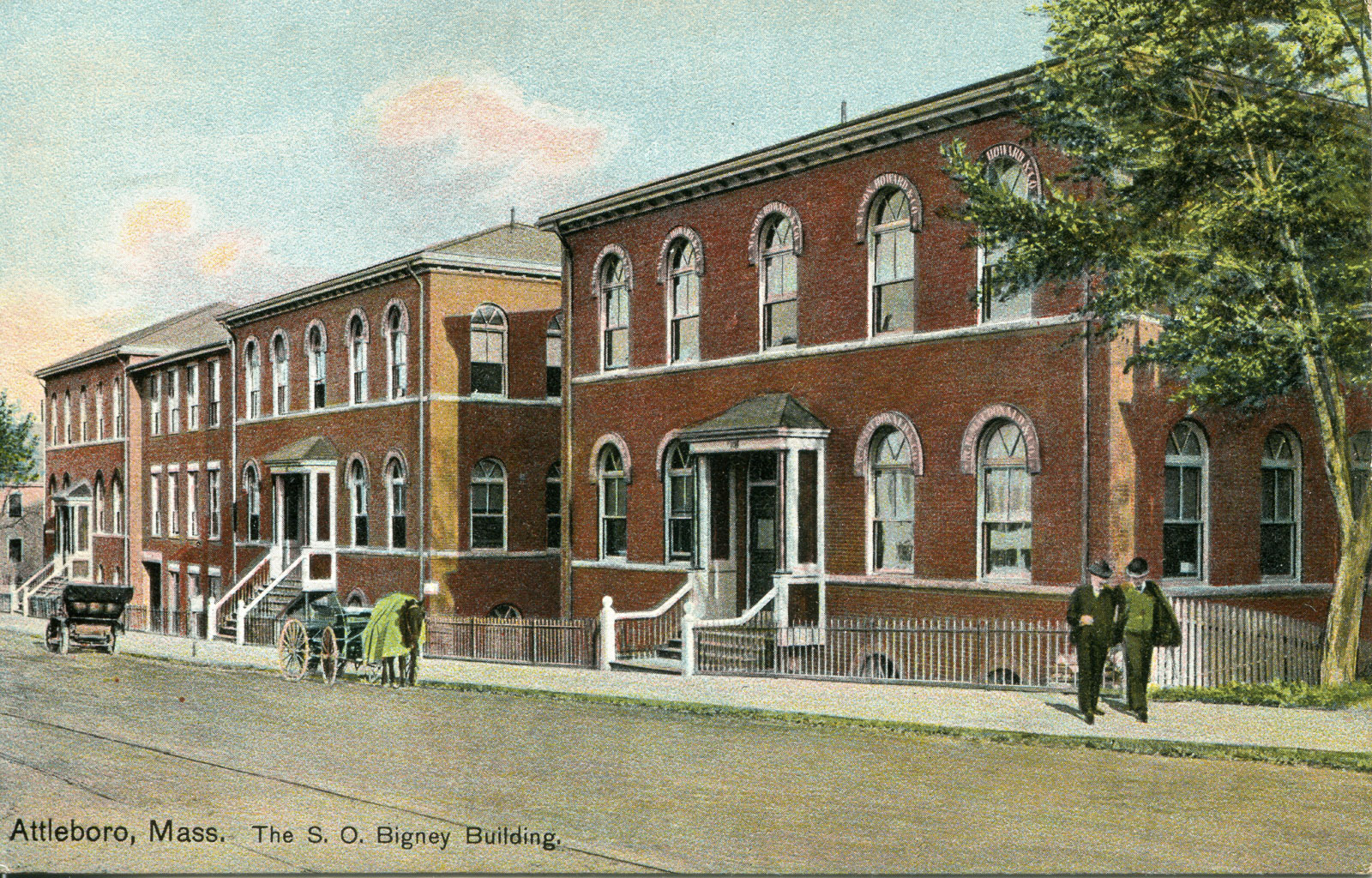
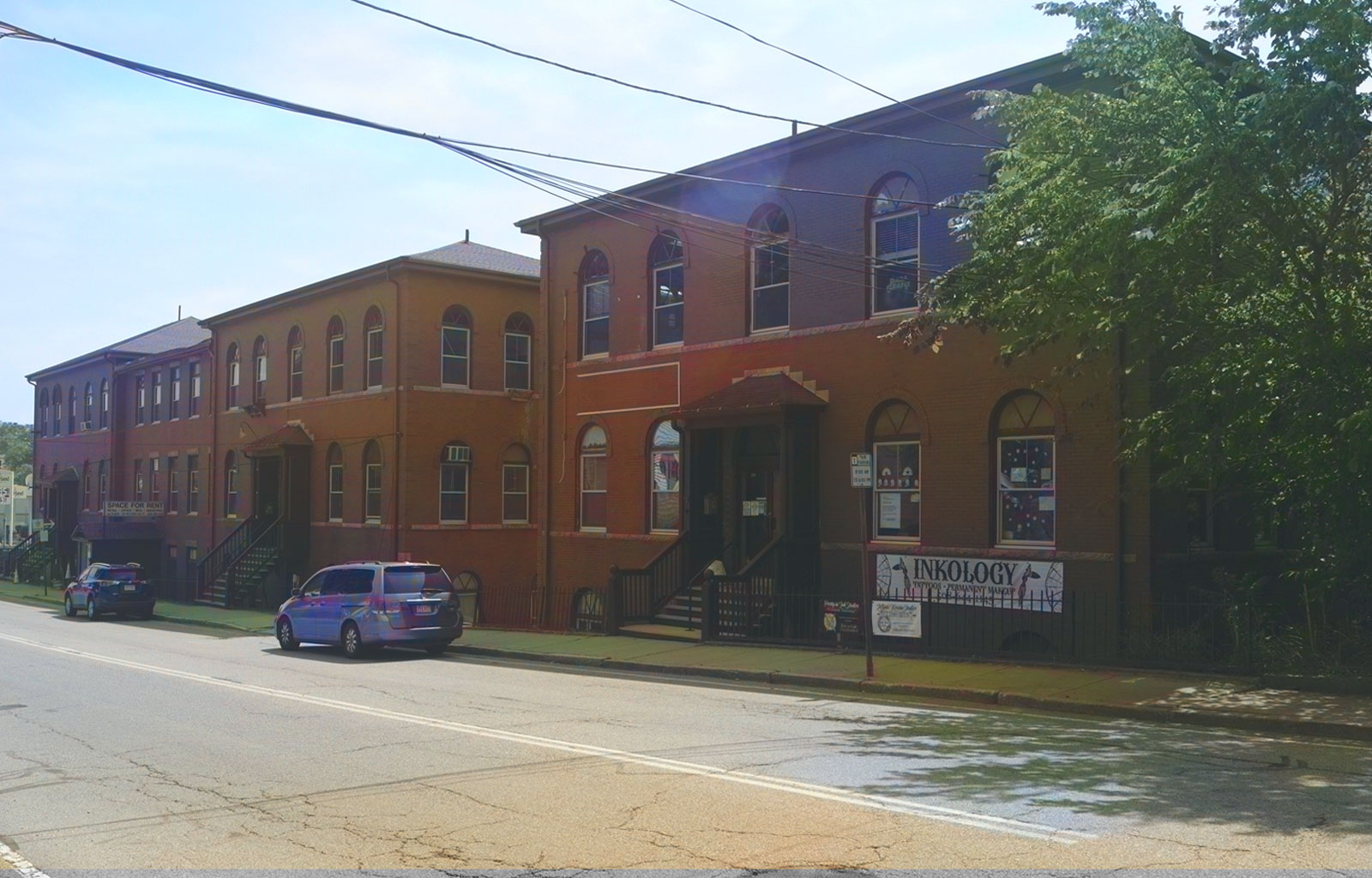

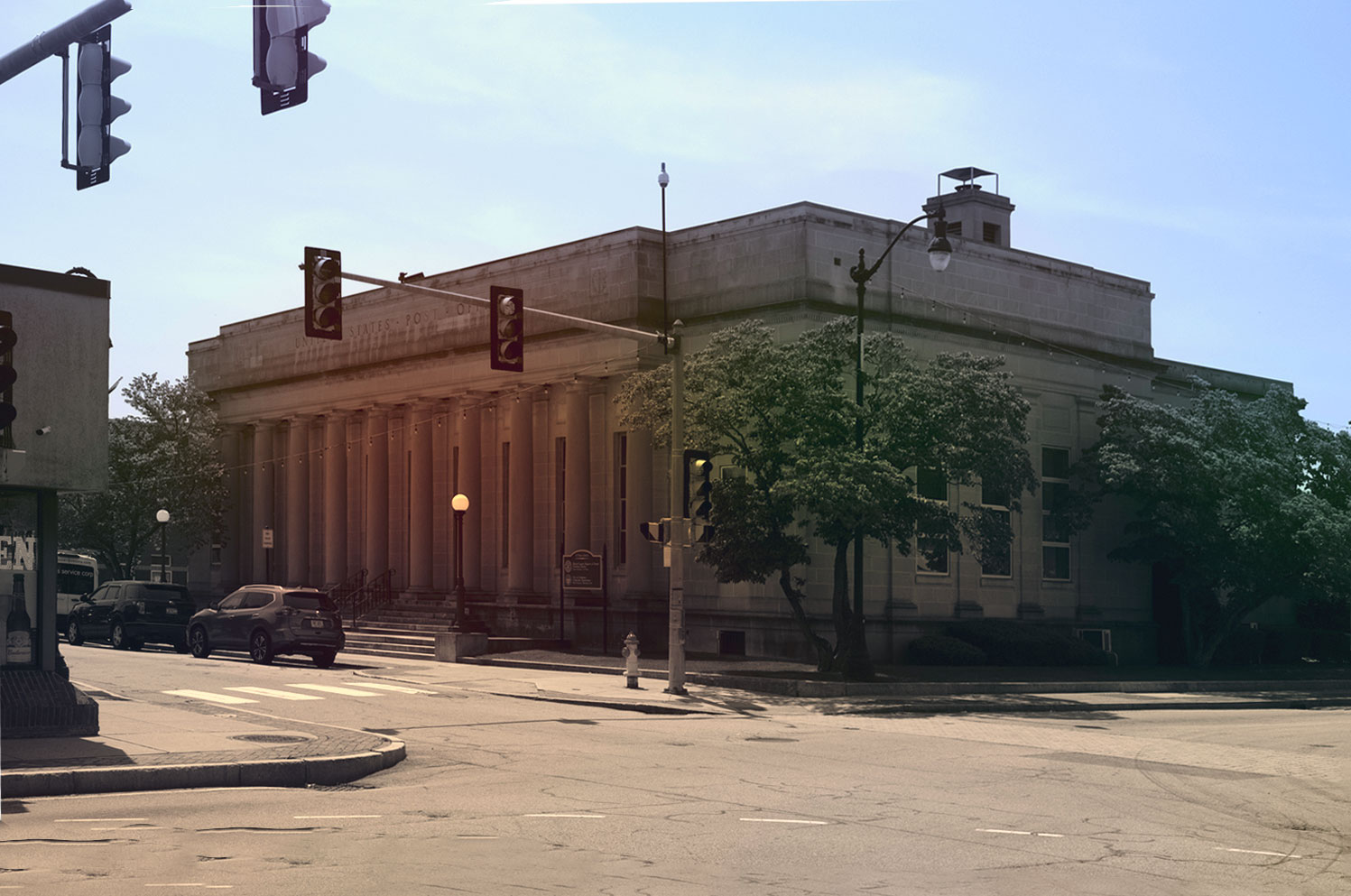
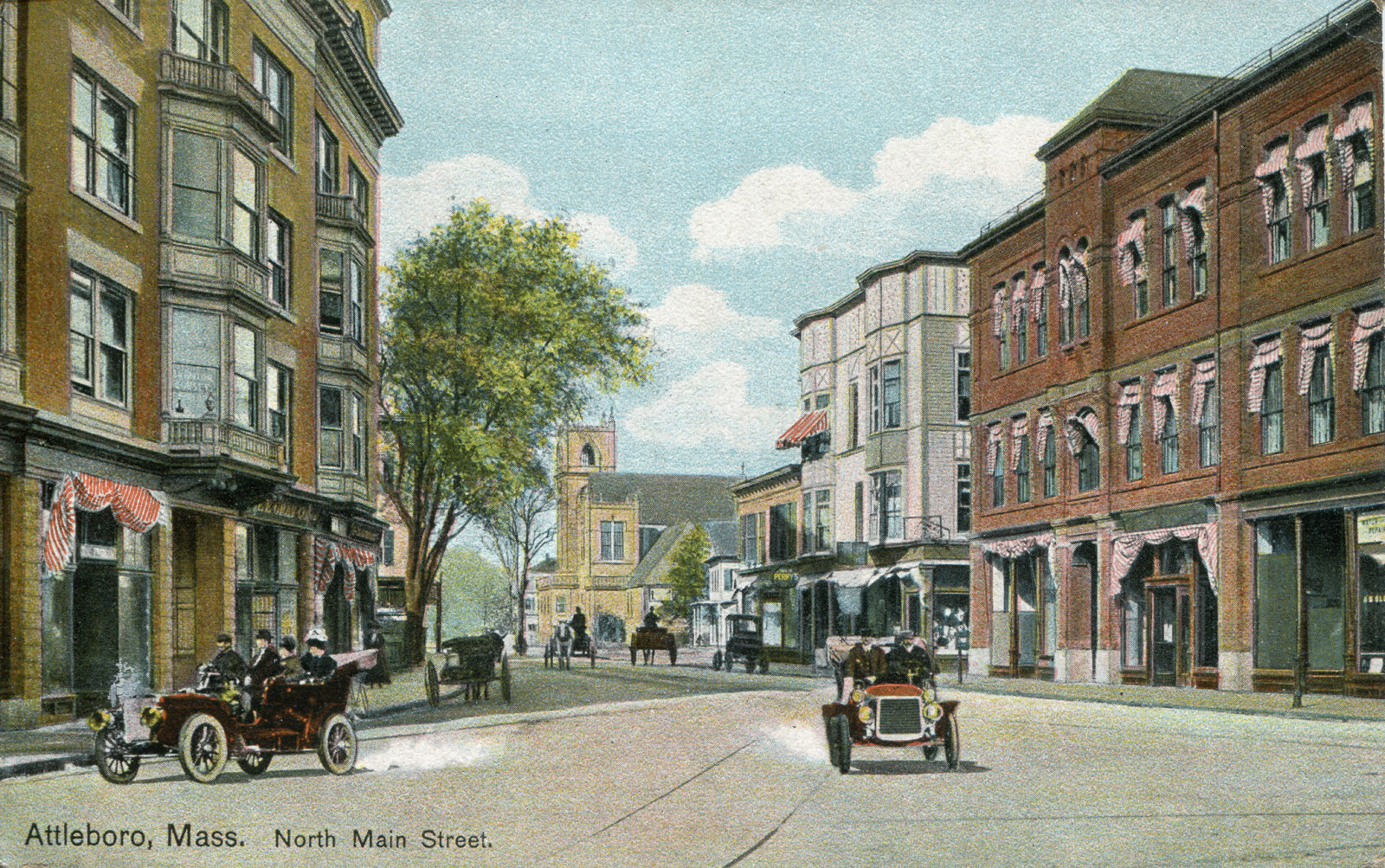

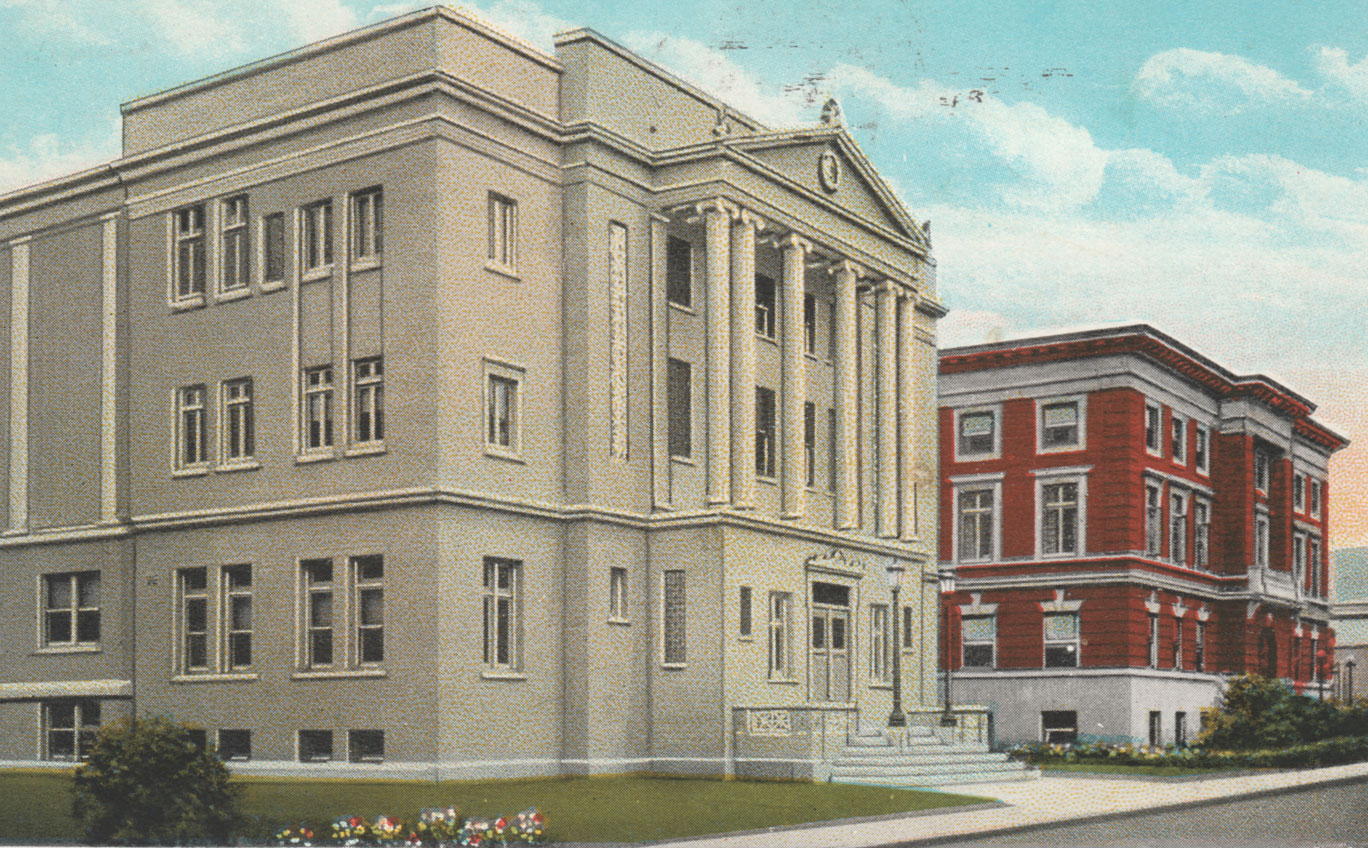




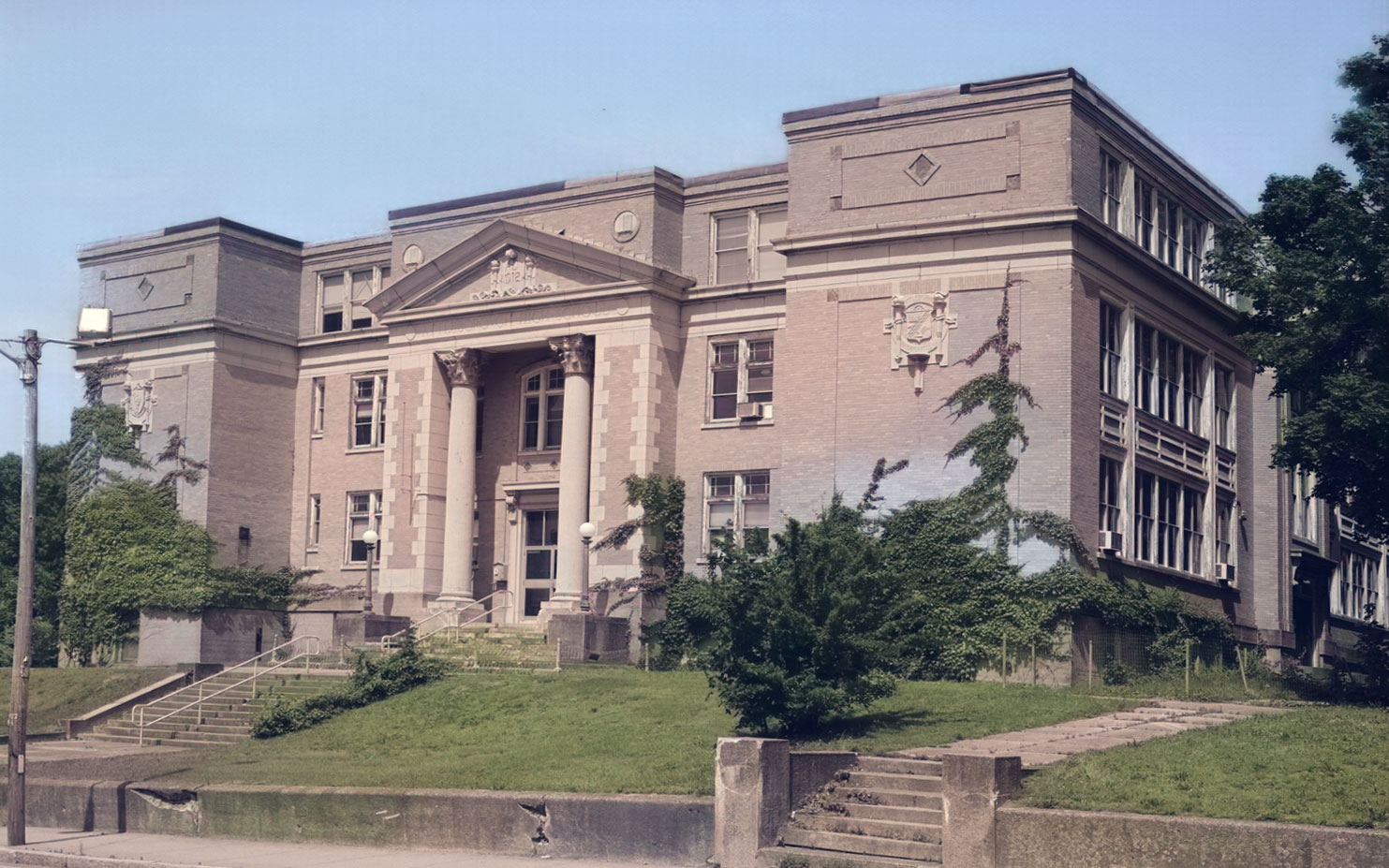
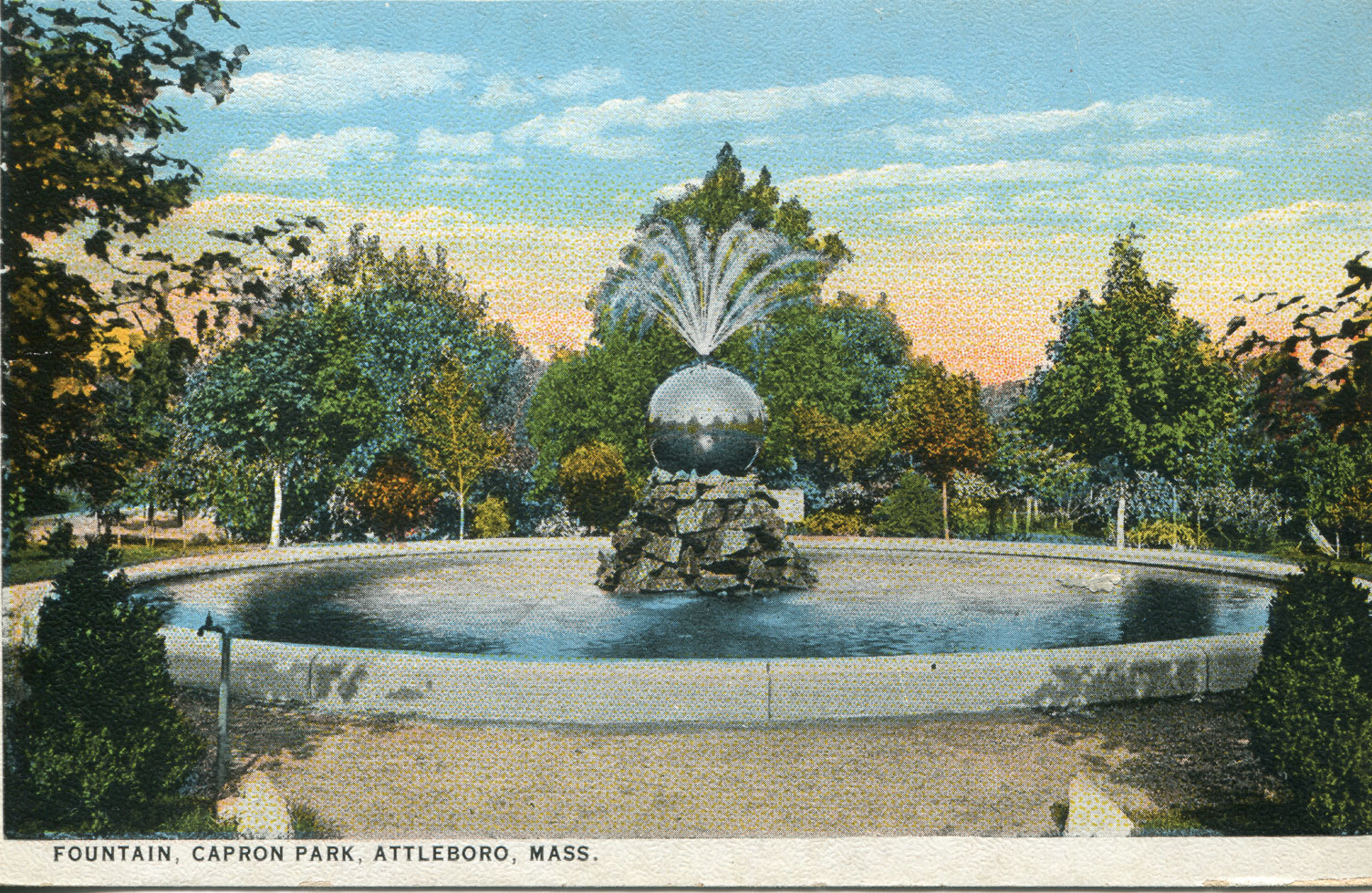

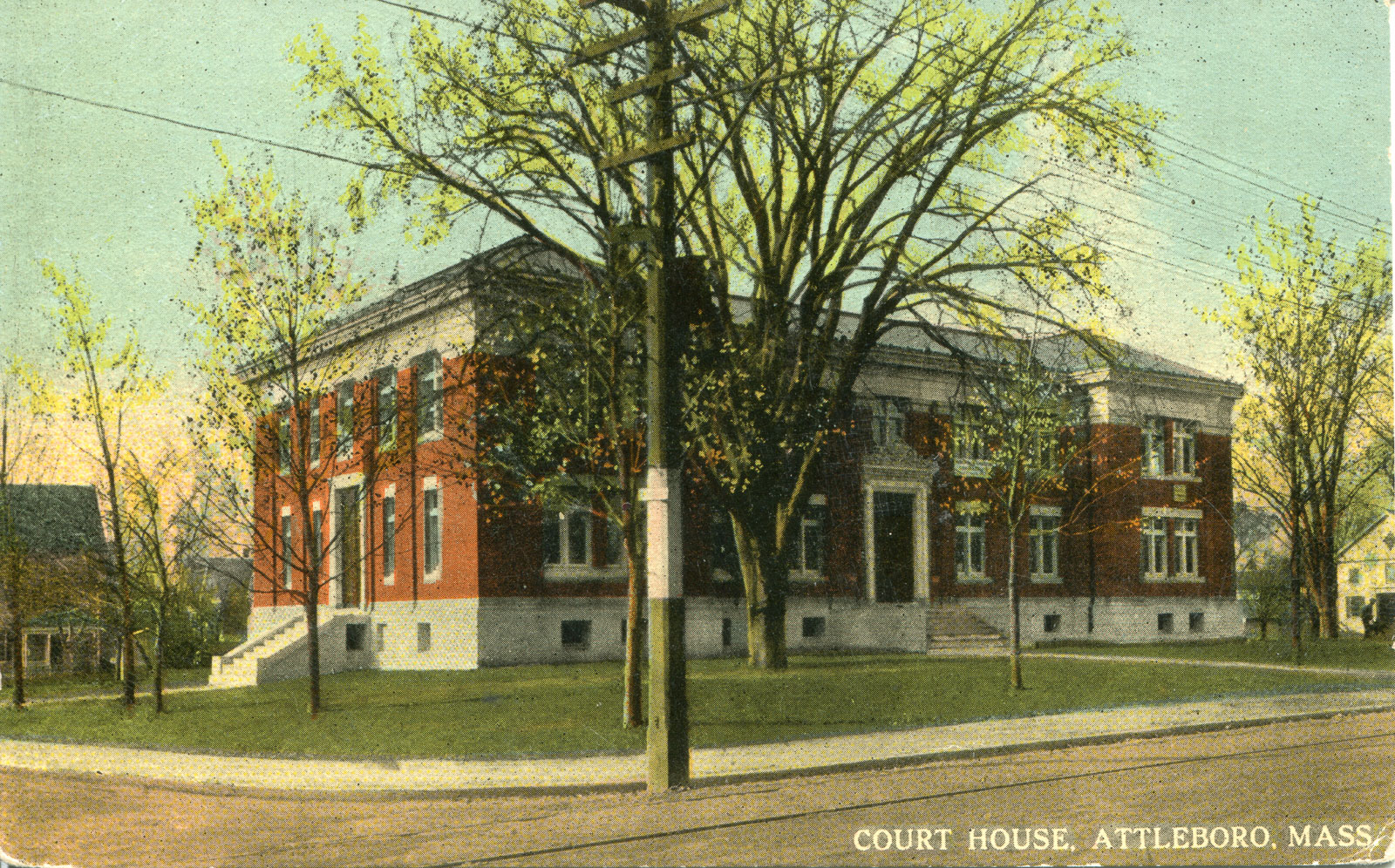
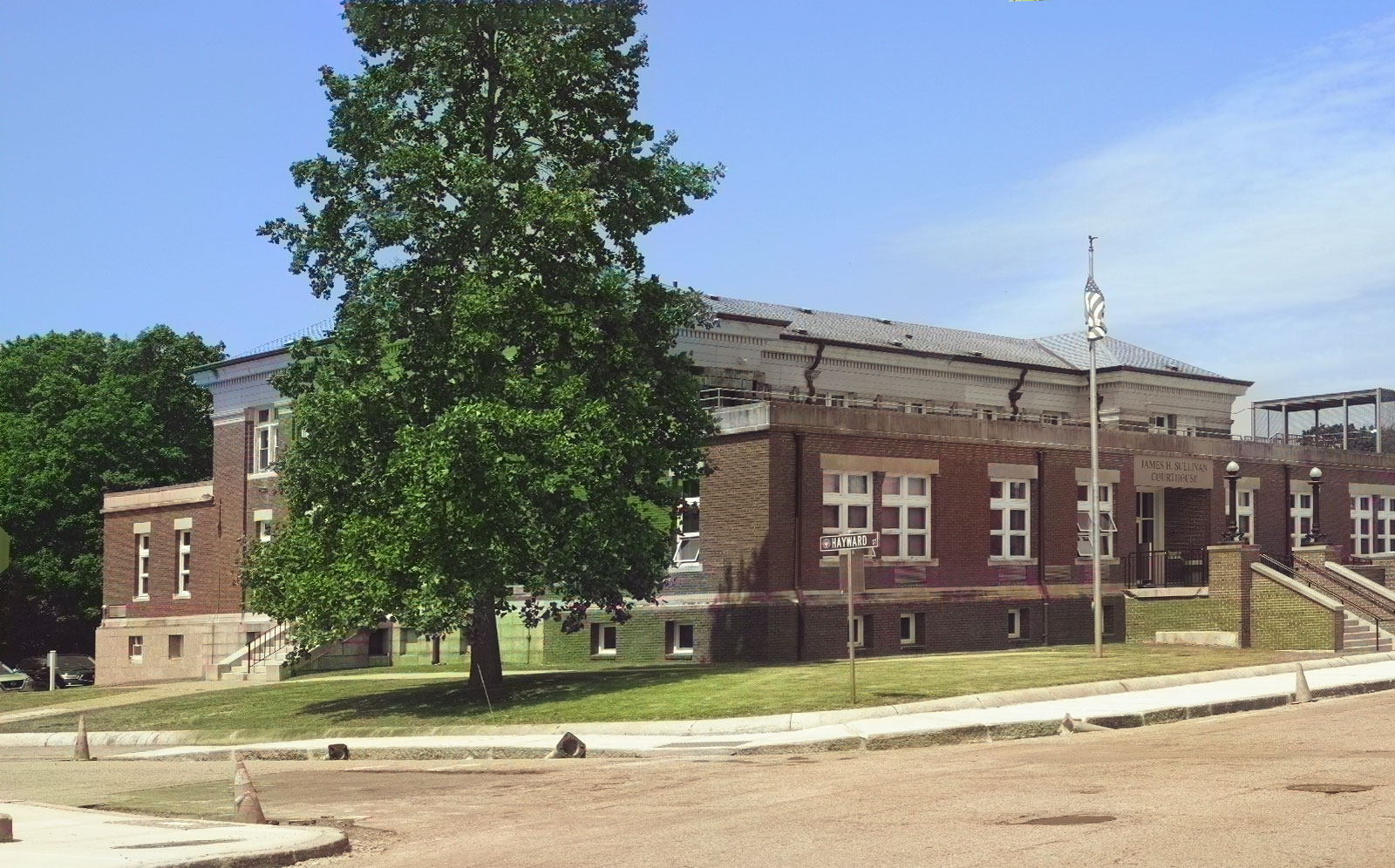
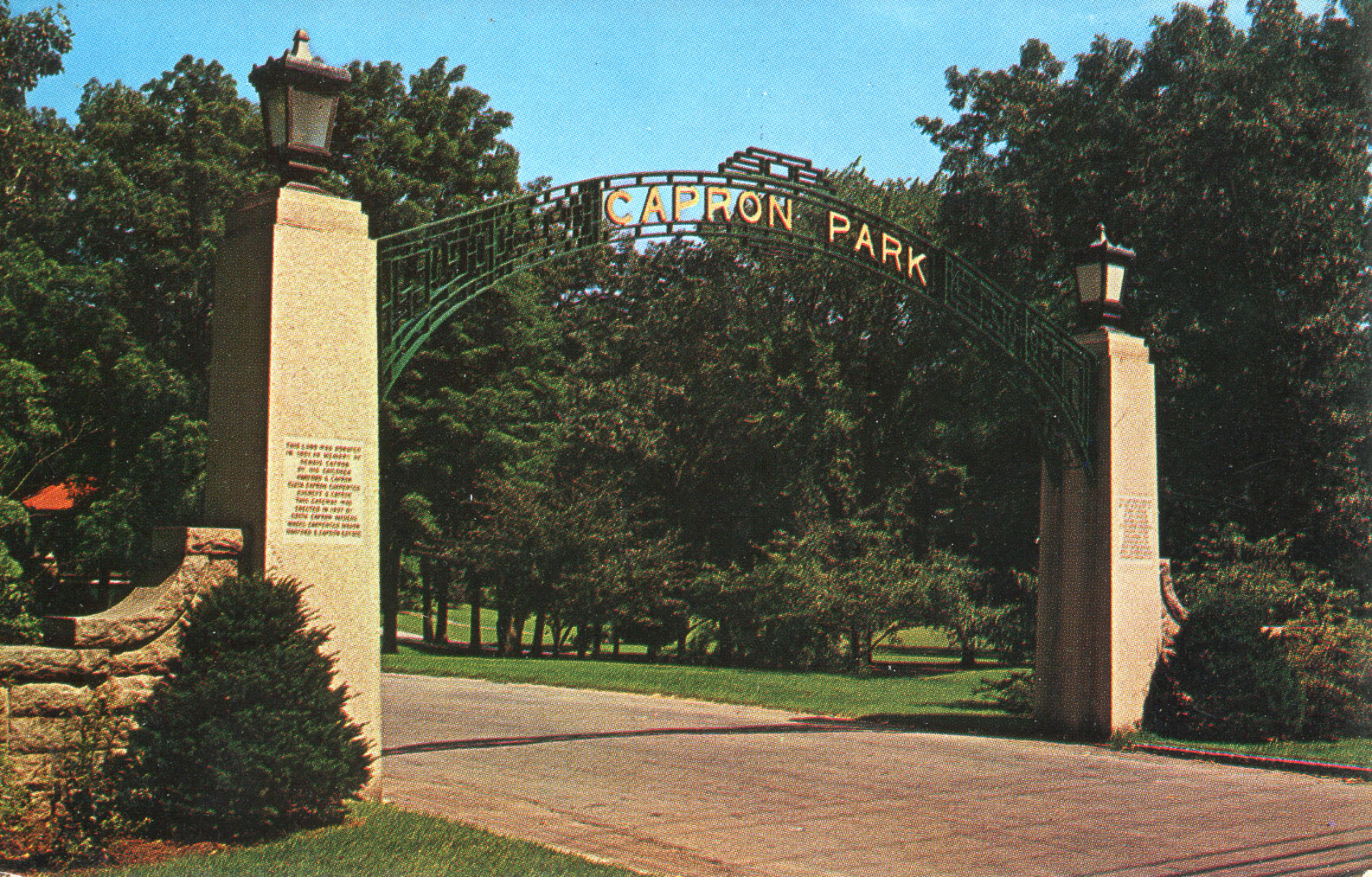

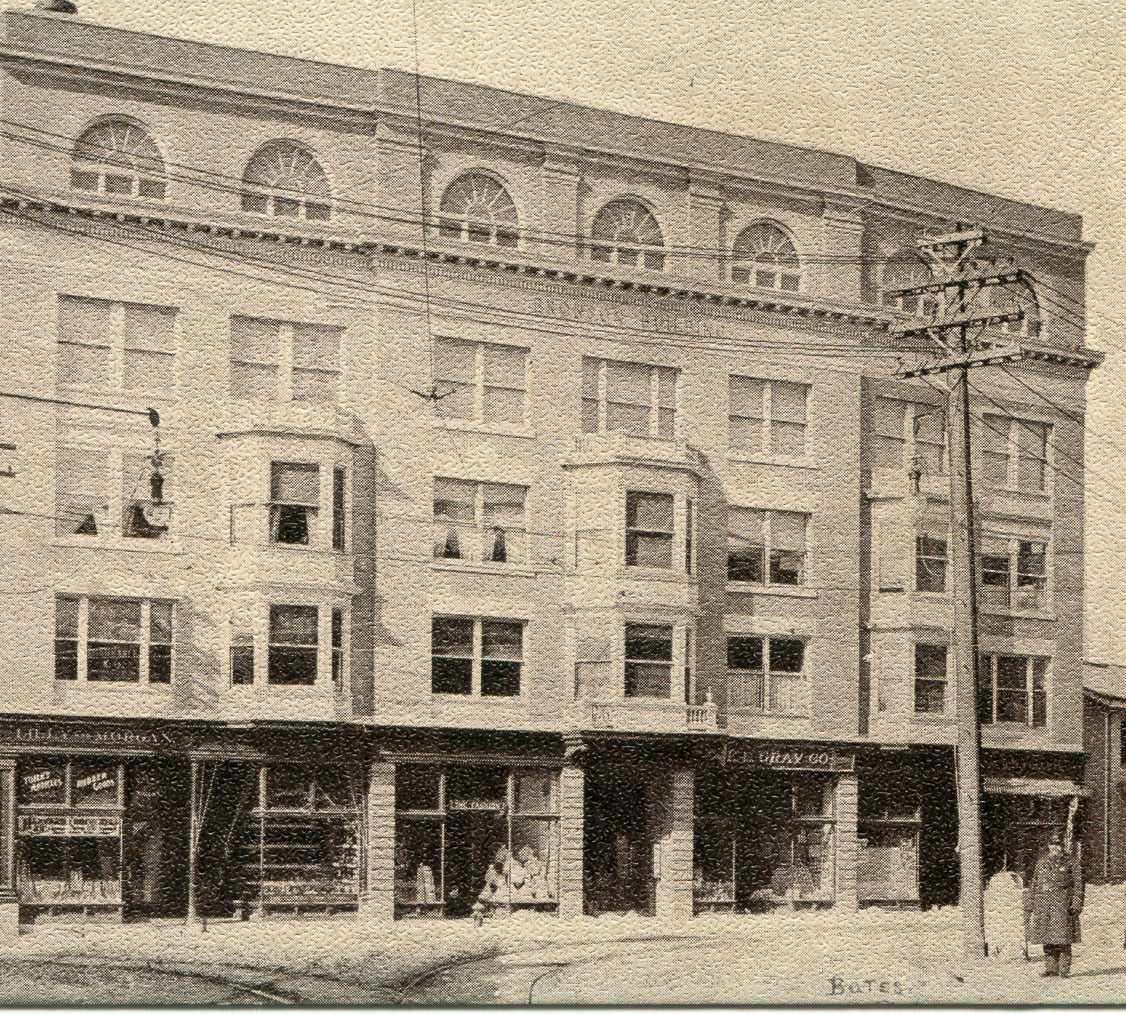
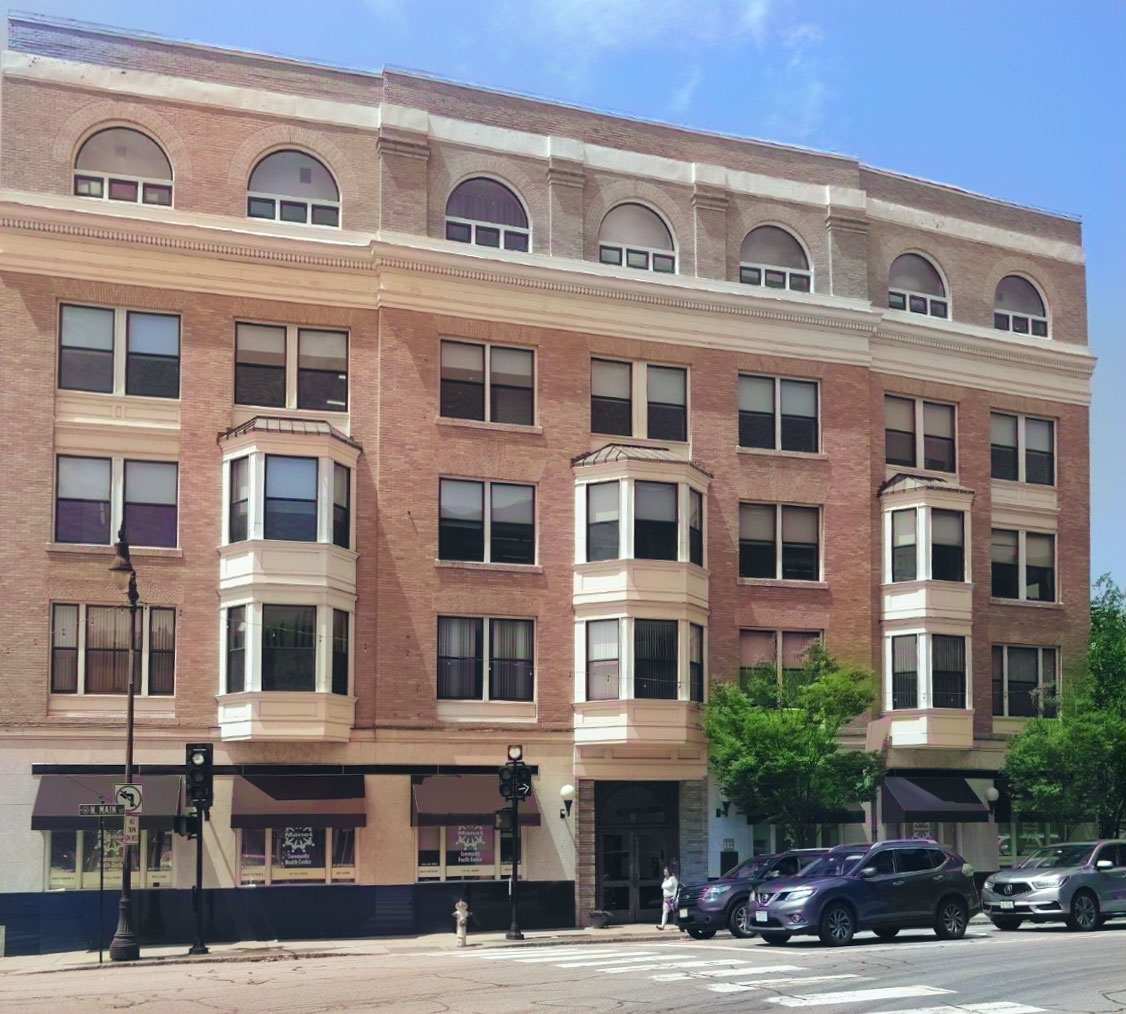

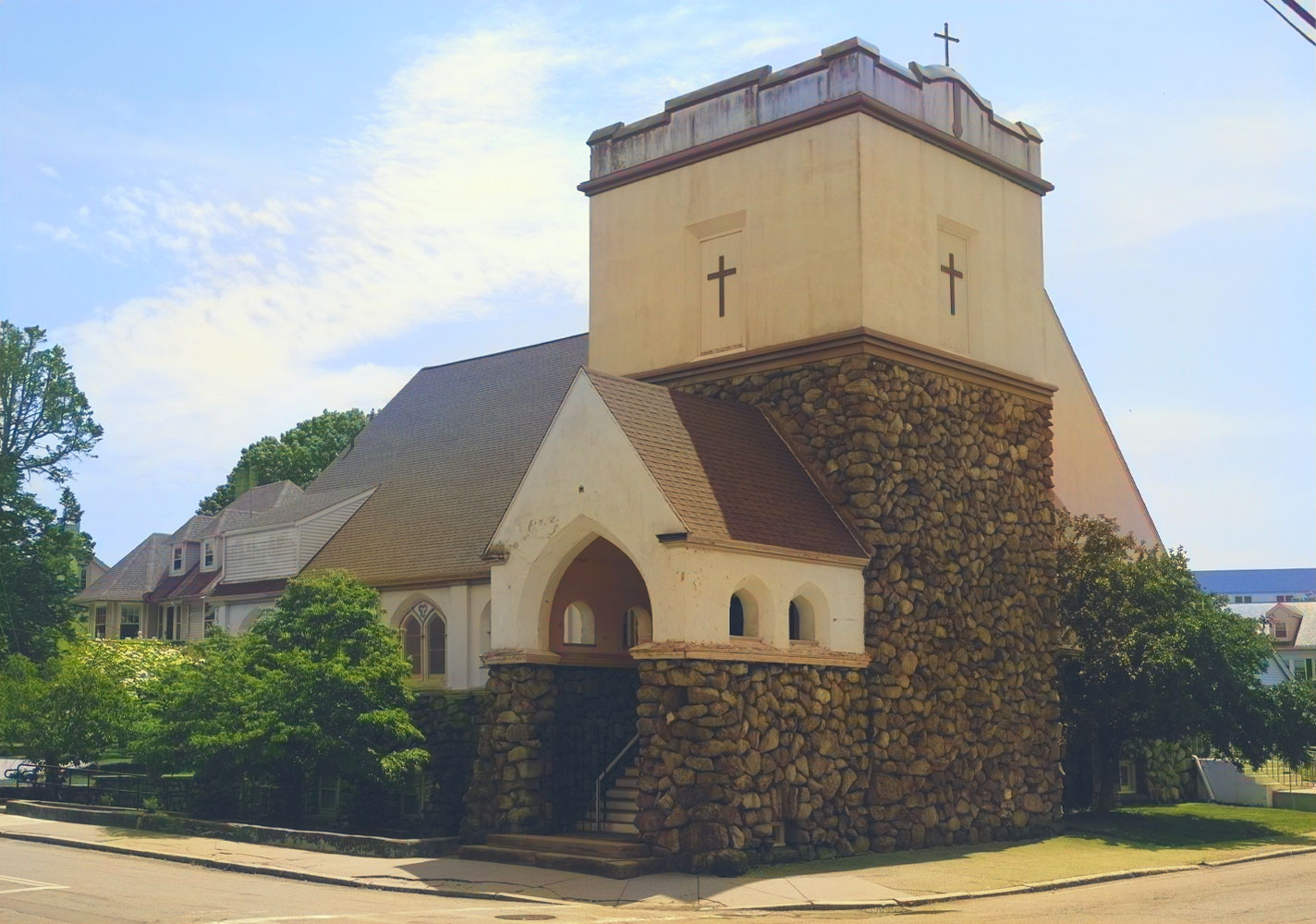
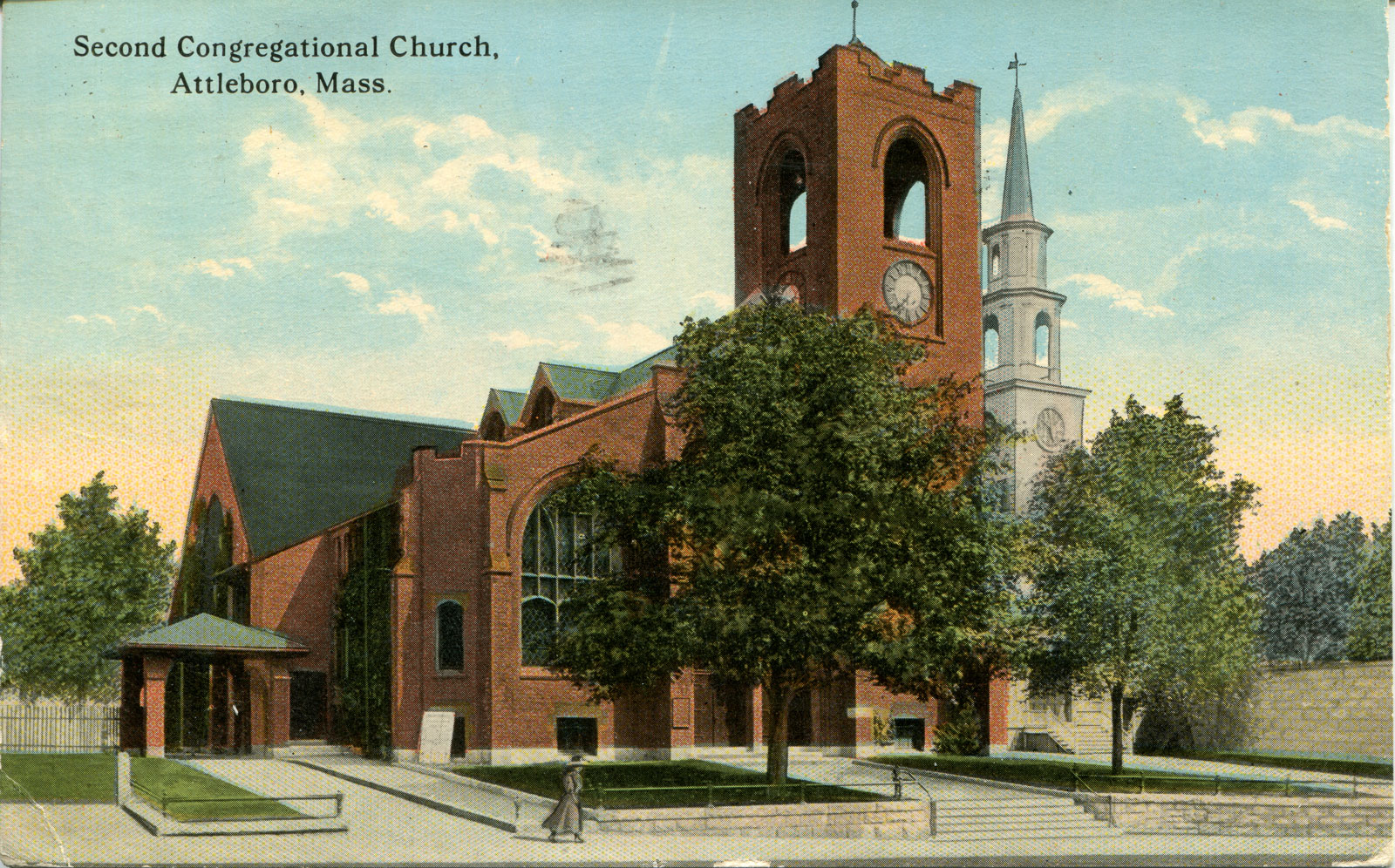
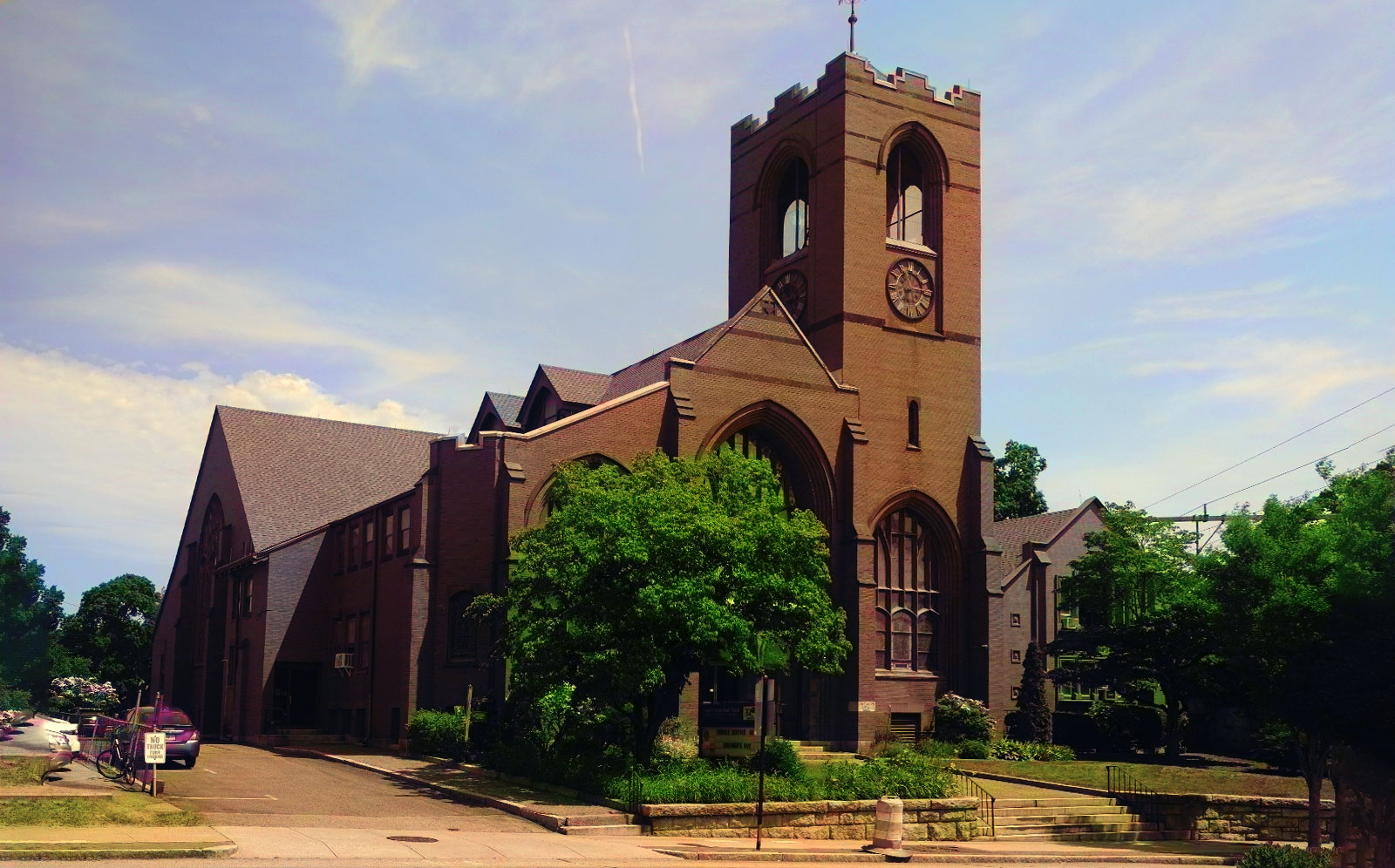


Bridging Time with Postcards and Photographs
When designer and local volunteer Shawn Viveiros first came across a box of old postcards at the Attleboro Historical Preservation Society, he didn’t just see printed relics—he saw potential stories, hidden connections, and a creative opportunity to bring history to life. In this interview, Shawn shares how a simple web project evolved into a full-scale archival effort, a historical book, and an interactive “then and now” photographic series.
Shawn, thanks for joining me. Let’s start at the beginning — how did you first get involved with the Attleboro Historical Preservation Society (AHPS), and what inspired you to take on this postcard project?It's a bit of a strange story; I was in the middle of collecting cobblestones from my property after the city dug up the area during the new sidewalk installation. The cobblestone collected used to belong to the original Newport Avenue street, which was then filled in and paved over for more modern asphalt. A neighbor, Jerry Turcotte, stopped by, and we started discussing history. His knowledge of Attleboro's history was fascinating, and one thing led to another. I was now volunteering to update the Attleboro.org website. Once we started developing the new website, I began to understand the entire scope of what the AHPS does and suggested that we archive as much as possible on the website to preserve and educate. Part of the large collection was a box of postcards procured by local residents over many decades. These postcards depicted significant parts of Attleboro, including a few buildings that I recognized, which inspired me to start this project.
You’ve digitized an entire collection of early 1900s postcards. What was the scope of this collection, and how did you approach organizing and archiving it for the AHPS website?The digitizing process was created by the friends of the AHPS. There were thousands of scans of postcards, many of which were identical, some were missing the back, and some were named in the filesystem in an odd manner. Where I came in was when Brian French and I started reviewing a thumb drive containing these images, and we were overwhelmed by the scope of the project. Now, there was no structure to these files, but rather a single folder containing all the files in various formats, with a file naming schema and multiple scans on some cards, making it extremely difficult to find the correct match for the front and the back. Some of the cards were obvious in their naming, but when attempting to match other files with no such clue on the naming scheme, I turned to a script I had written to help identify the naming patterns and postcard scan timestamps to find a pattern that I could track to combine the fronts and backs. Honestly, I had no idea whether it would work or not, but testing it on a small sample size gave me confidence in the script. I ran the script and, believe it or not, it worked on the first try. From here, we were able to rename the entire catalog with a schema that works for all images. A long weekend of manually cataloging by subject, and we now had a faint idea of what we were working with. From here, it was a matter of how we would execute the collection.
Beyond just preservation, you’ve actually curated these postcards into a book. Can you tell us a bit about how you selected which postcards to include — and how you chose which handwritten notes or stories to highlight?Yes, this was my idea from the start. I figured the website would be one thing for historical preservation, but a book can introduce a different format that can display the stories from the senders of these postcards. Most of the collection dates back to the early 1900s, but a few items were from the 1950s and 1960s. What stuck out the most about this collection was the notes being written on the back of the postcards and how much of the correspondence echoed that of modern times. This is what sparked the idea for the book: part catalog, part storytelling about events that occurred 100 years prior. Many things have changed, some have never changed, but the slight peek into the lives of the people who inhabited our city was too intriguing for me not to share. Greetings from Attleboro: A Historical Postcard Collection was approached from a different perspective than the website; instead, I elected to organize and select certain postcards that were unique in both the locations they depicted, as well as some that contained interesting letters and notes. I wanted to inject some personality into the project, which I did by including a few of my thoughts, as well as a few illustrations that accompany the stories told by former residents. The book is now complete and available for purchase from my website, Digitalvivo.com, or Amazon.com.
Let’s talk about your creative approach. When it came to pairing current-day photographs with these century-old postcards, what was your process for capturing the “now” version?From the very start, I had this idea of taking some of the postcards that still resembled the modern-day location and matching those to an image that would show the modern equivalent. After completing the book, I knew which images I wanted to use. I started with about 60 at first and culled back to about 25 postcards. I mapped out the locations using Google Maps Street View first to ensure that I was indeed looking at the correct locations. Once I had my locations, I then scouted each location for the correct angle and further refined my list. While I enjoy photography, I am still a novice at this time, and knew there would be challenges in recreating the old images on modern equipment. Using my artistic eye, I tried to force a perspective around the 35mm and 50mm range. This was the trick to achieve the right amount of focal length, which gave me the desired perspective. Once I had a close approximation, I referenced the postcard and anchored to a corner of a building. Many of the photos came out nearly identical.
Were there any locations that posed unique challenges? Either because of how much has changed, or because of how little has?Some locations were more difficult than others. Several factors, including limited access by foot in some locations, being in the midst of traffic, or having an obstruction in the way, created a challenge for me to achieve the right angle or perspective. Another note is that understanding where the original photograph was taken was challenging because the locations have changed significantly, with different trees, signs, and telephone poles, leaving me with only one reference point to anchor my photo.
You’ve added a fascinating layer with the then/now slider feature. Could you share the technical process behind building that?Although these are not 100% one-to-one recreations of the exact image, I only needed to align the images to match the perspective. I used Photoshop to slightly distort the image and align the features of the anchor building, such as doors, windows, and rooflines. Some of the images would not work correctly, forcing me to reduce the number of images further. However, what you see in the images is the original subject; aside from an artistic choice, only the perspective was altered.
In terms of artistic choices, what guided your decisions when creating the modern versions of these images?The modern images have a “film-like” appearance; this was a deliberate decision to match the similar process that would have been used in the past. I shot these on a modern-day Fujifilm digital camera in black and white mode, which mimics a certain film. The postcards have a form of colorization. I wanted to think about how we would apply this technique today. Since these were already in black and white, the preserved shading information can allow software like Photoshop to apply a layer that closely matches the film look with more muted colors. The colorization of the image also helps with the oversharpness of the modern digital format, allowing a better match as well. Much like the postcards, these are representations of the subject rather than exact, high-resolution, highly detailed photographs.
What has the public response been like? Have you had any reactions from longtime residents or people who remember the town in earlier decades?One of the best aspects of this project is seeing people’s reactions to the postcards or witnessing the before-and-after transformations. This is usually followed up with a story that accompanies the subject and a trip down memory lane. I enjoy hearing these stories as they remind me of the stories displayed on many of these postcards. We all share a commonality in being residents of Attleboro. It always fascinates me when someone shares a story, and we can connect with certain historical periods through context, using postcards.
This project obviously preserves history, but it also makes it interactive. What do you think is the role of art and design in historical preservation today?Coming from a graphic design background, I think in terms of multimedia and how we can best display information. It is part technical and part artistic in the sense that the viewer is presented with information in a way that allows for new ways of thinking. Leveraging JavaScript for the process, it allows for easy comparison, providing the viewer with an intuitive tool to view the comparisons and changes at their own pace.
Lastly, is there anything that surprised you or moved you during the course of this project?Working through the project, I was always met with fascination and discovery of new historical events. With help from AHPS member Rachel Killion, we were able to pinpoint certain events written about in the postcards. These moments provided a more human perspective through first-person accounts and provided more context for lesser-known events of the past. Another unexpected finding is that many of the correspondences displayed on the postcards are very much like what we would text today, our form of quick communication, in the form of a simple message: “Made it Home Safe.” It appears that some aspects remain quite similar, despite the significant changes in technology over the past 100 years; humans are just the same.
Explore the ProjectView the full collection and interactive sliders at Attleboro.org.

